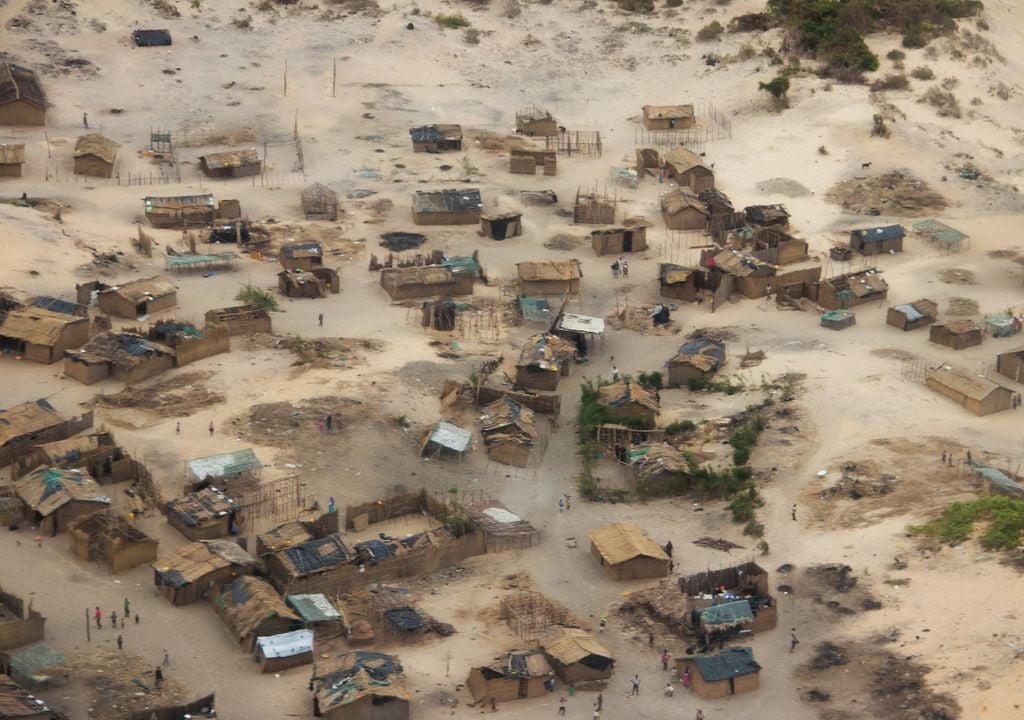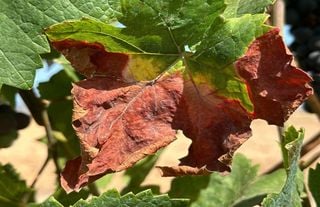Roof Paint to Beat the Heat: The Ingenious Solution That Improves Health in Vulnerable Neighborhoods
Heat isn't just an inconvenience. It's a public health problem that worsens year after year, especially in the most vulnerable communities. And in the face of this stifling situation, white roof paint appears to be a simple yet promising solution.

As temperatures break records around the world, daily life becomes downright dangerous in some parts of Africa. Homes turn into ovens during the day and retain that stifling heat at night, making it hard for people to sleep, recharge, and, most importantly, protect their health. In this context, a project led by the University of Cape Town found a simple, low-cost solution: applying reflective paint on roofs to reduce indoor temperatures.
The project is called Heat Adaptation Benefits for Vulnerable Groups in Africa, or HABVIA, and has been testing alternatives for the past three years to help communities most exposed to extreme heat in South Africa and Ghana. Among those, roof paint stands out for its low cost, easy implementation, and promising results.
Professor Lara Dugas, lead researcher of the project, summed it up powerfully: “Everyone deserves a safe place to sleep at night that doesn’t harm their health,” she told the Daily Maverick.
Better Sleep for Better Living
One of the team’s priorities was sleep. In extreme heat conditions, lack of rest doesn’t just cause fatigue — it increases the risk of cardiovascular disease, hypertension, diabetes, kidney issues, and mental health disorders. That’s why they not only measured indoor temperatures but also monitored residents' sleep quality.
Using portable devices, researchers tracked how people slept before and after the roof paint was applied. The early data is encouraging. According to team researcher Vuyisile Moyo, many people reported feeling less heat and getting more restful sleep from day one.
The project was implemented in four communities: two urban (Khayelitsha in Cape Town and Ga-Mashie in Accra) and two rural (Mphego in South Africa and Nkwantakese in Ghana). All are high-density or low-income areas with little to no green space and roofs that absorb and trap heat.

Before painting, workshops were held to explain the process, confirm its safety, and train local residents to take part. This not only ensured everyone understood the intervention but also created jobs and a sense of ownership in the process.
Up to 6°C Cooler Indoors
Previous studies on reflective paints in other parts of the world suggest that this technique can reduce indoor temperatures by 3 to 6°C. In places where temperatures can surpass 40°C, that difference is crucial for health.
Mark New, another lead researcher, said they’ve already gathered early data from two warm seasons and expect full results later this year. “Low-income and informal housing reaches dangerously high temperatures during the day, and those episodes are becoming increasingly frequent,” he explained.
Extreme Heat, Health, and Climate Change
Africa is warming at twice the global average rate. The World Meteorological Organization warned that in recent decades, rising temperatures and extreme weather events have become more intense and frequent. And those in vulnerable conditions have the fewest resources to adapt.
“Heat is a severe health issue. And when combined with floods, malaria, or cholera outbreaks, the situation quickly worsens,” Dugas warned.
Despite the challenges, this experience delivers a powerful lesson: solutions don’t always require high-tech or massive investments. Sometimes, a can of paint, good ideas, and community involvement can make a real difference.








